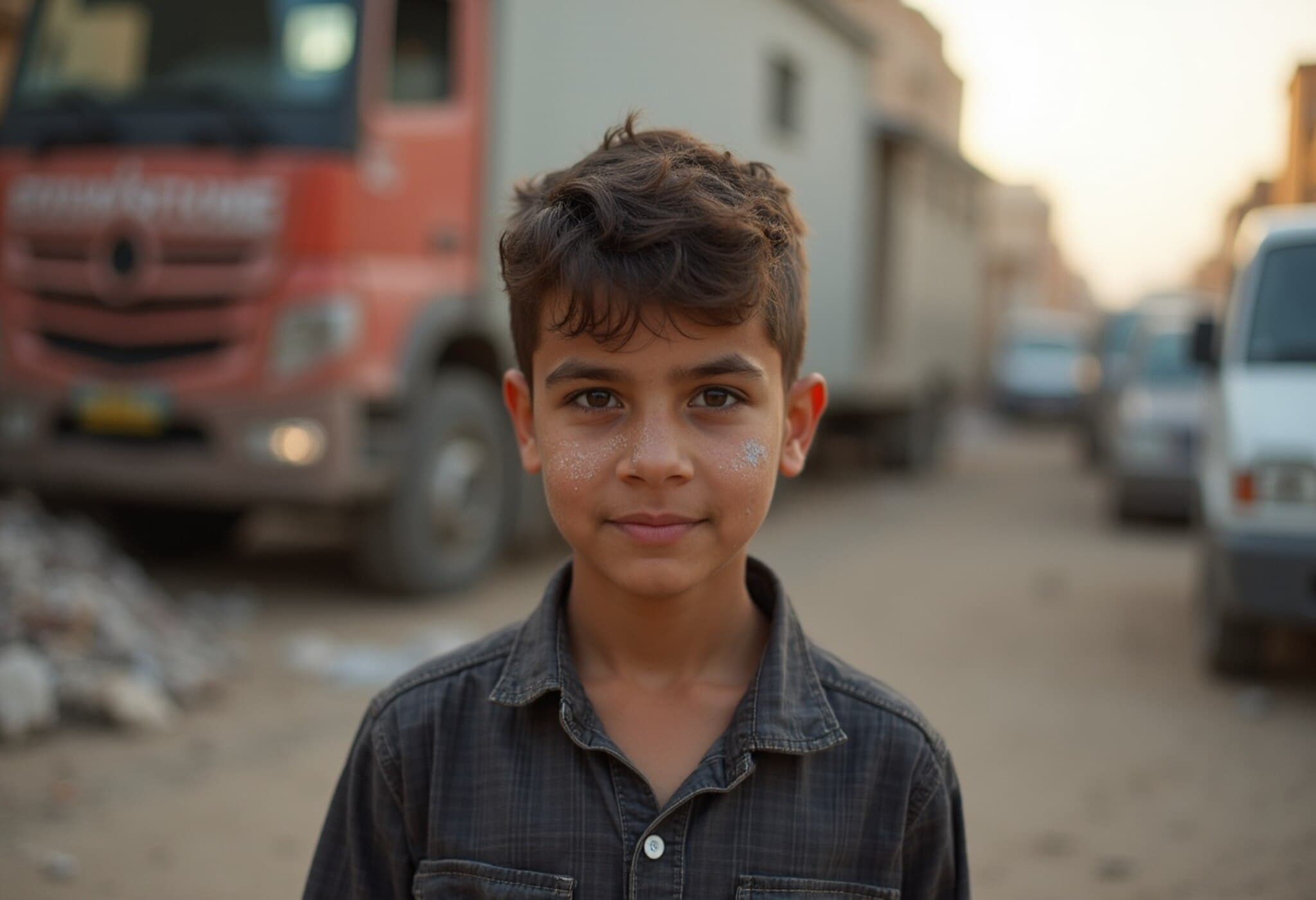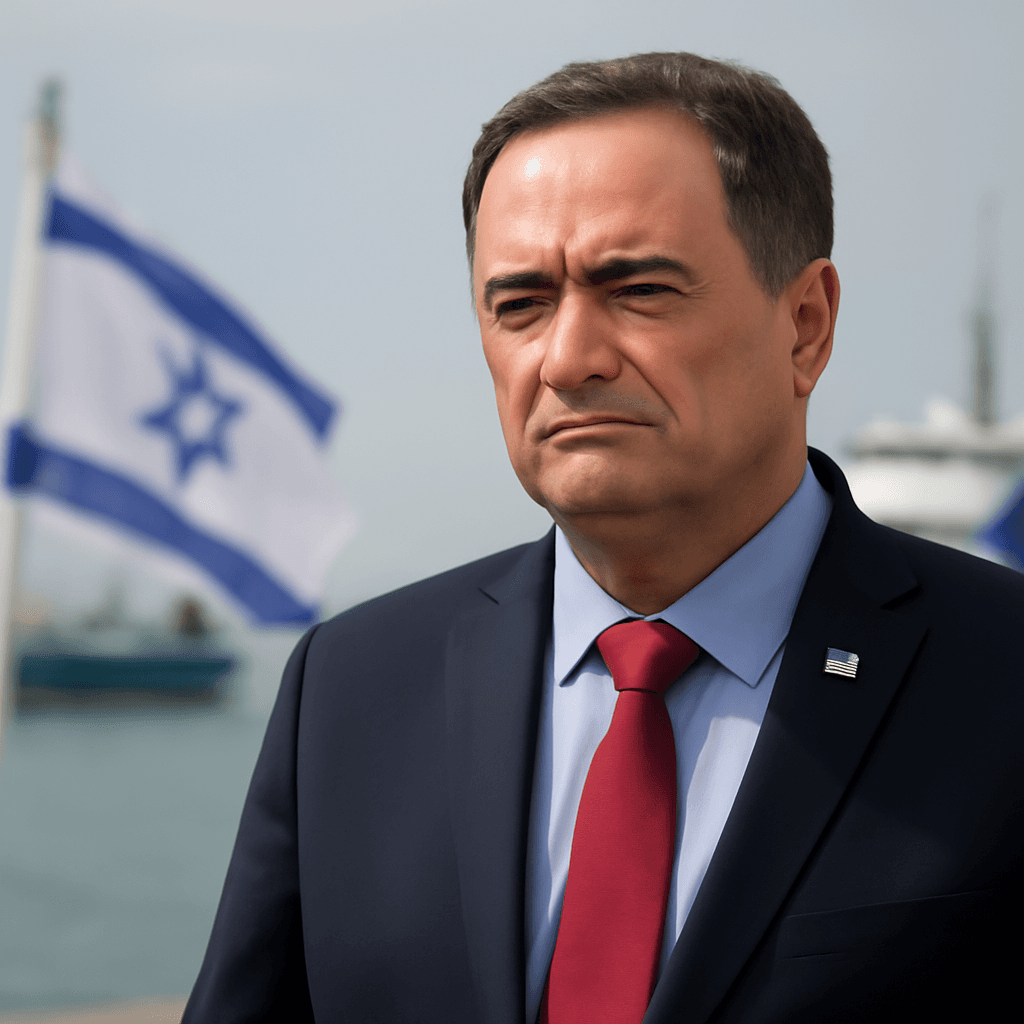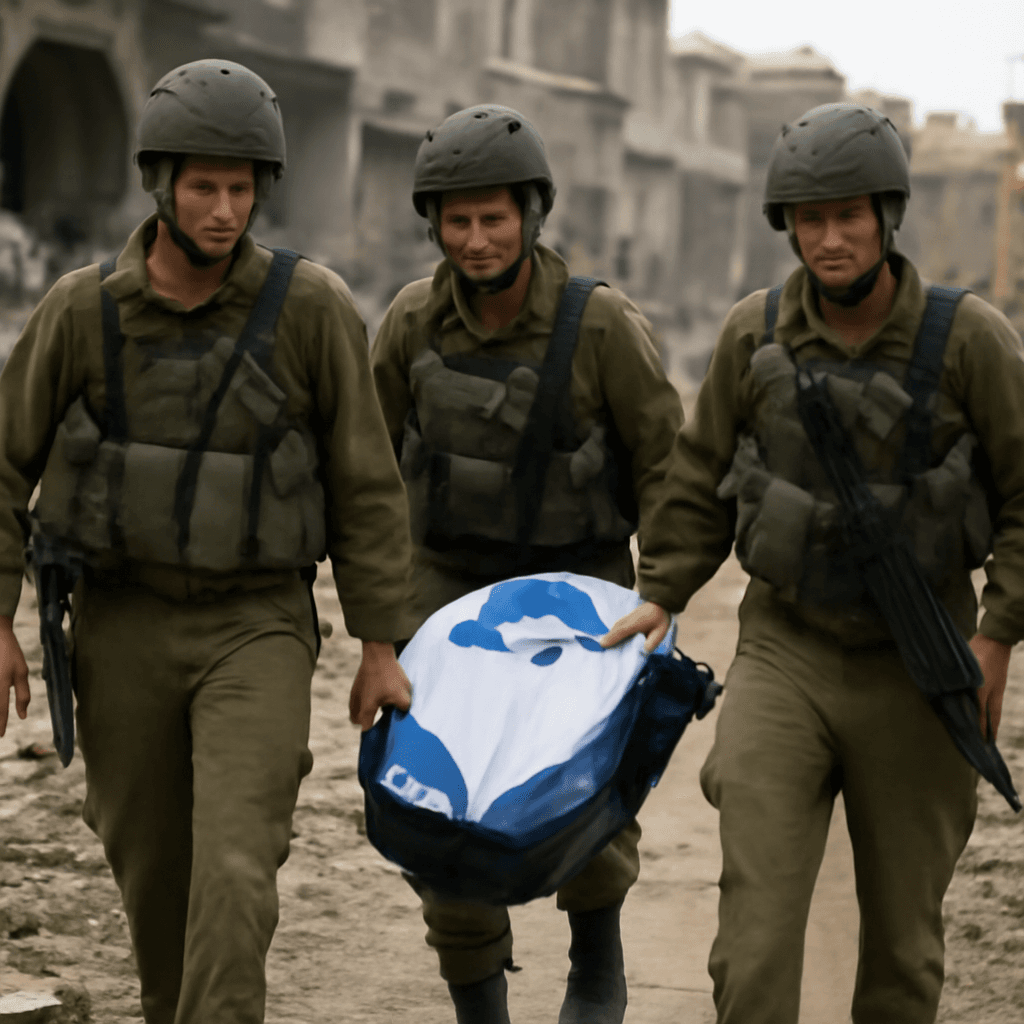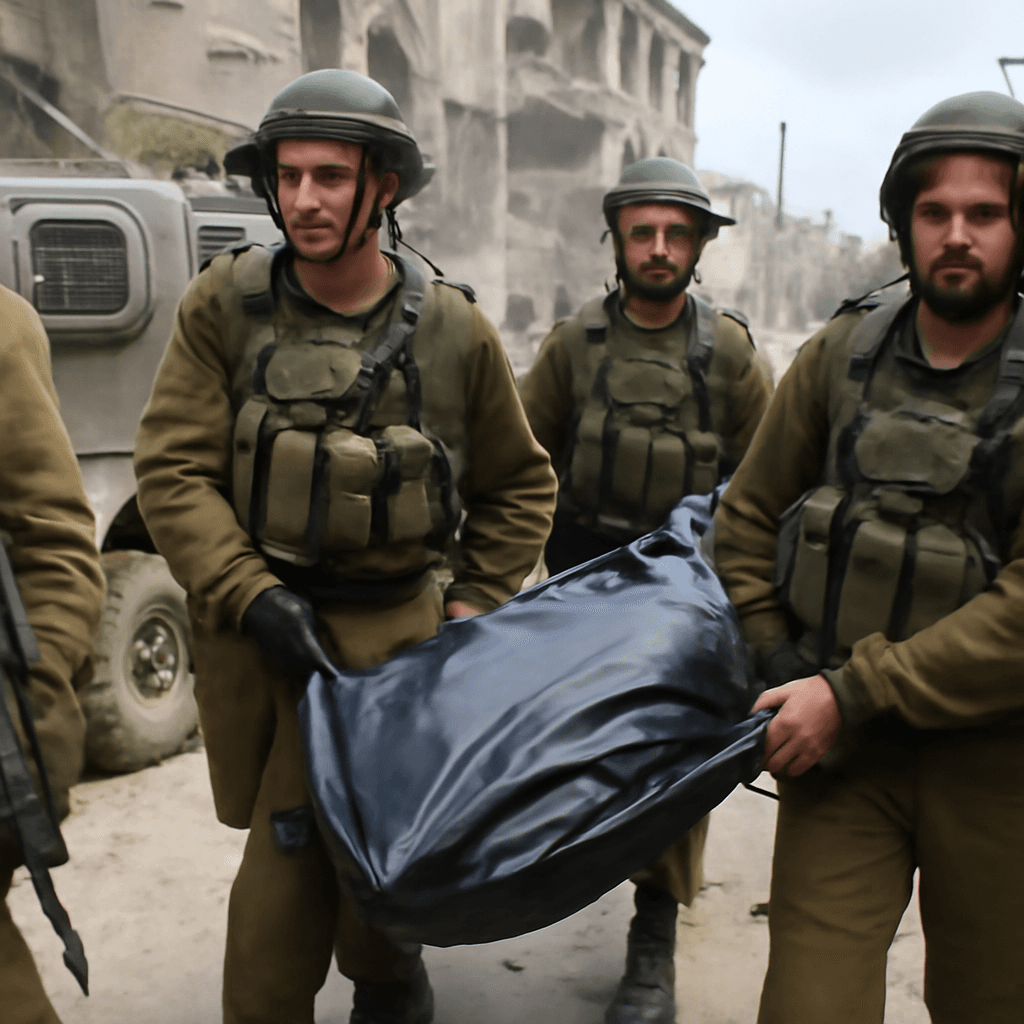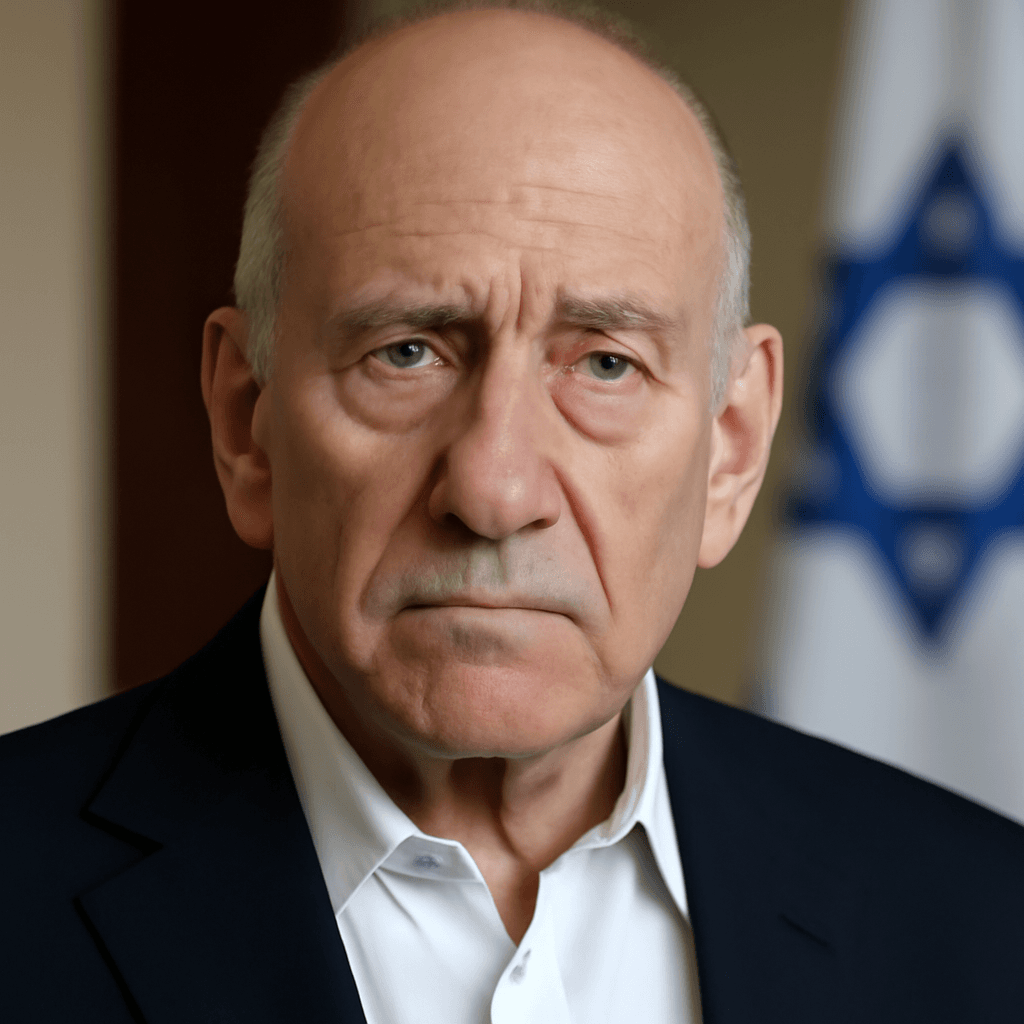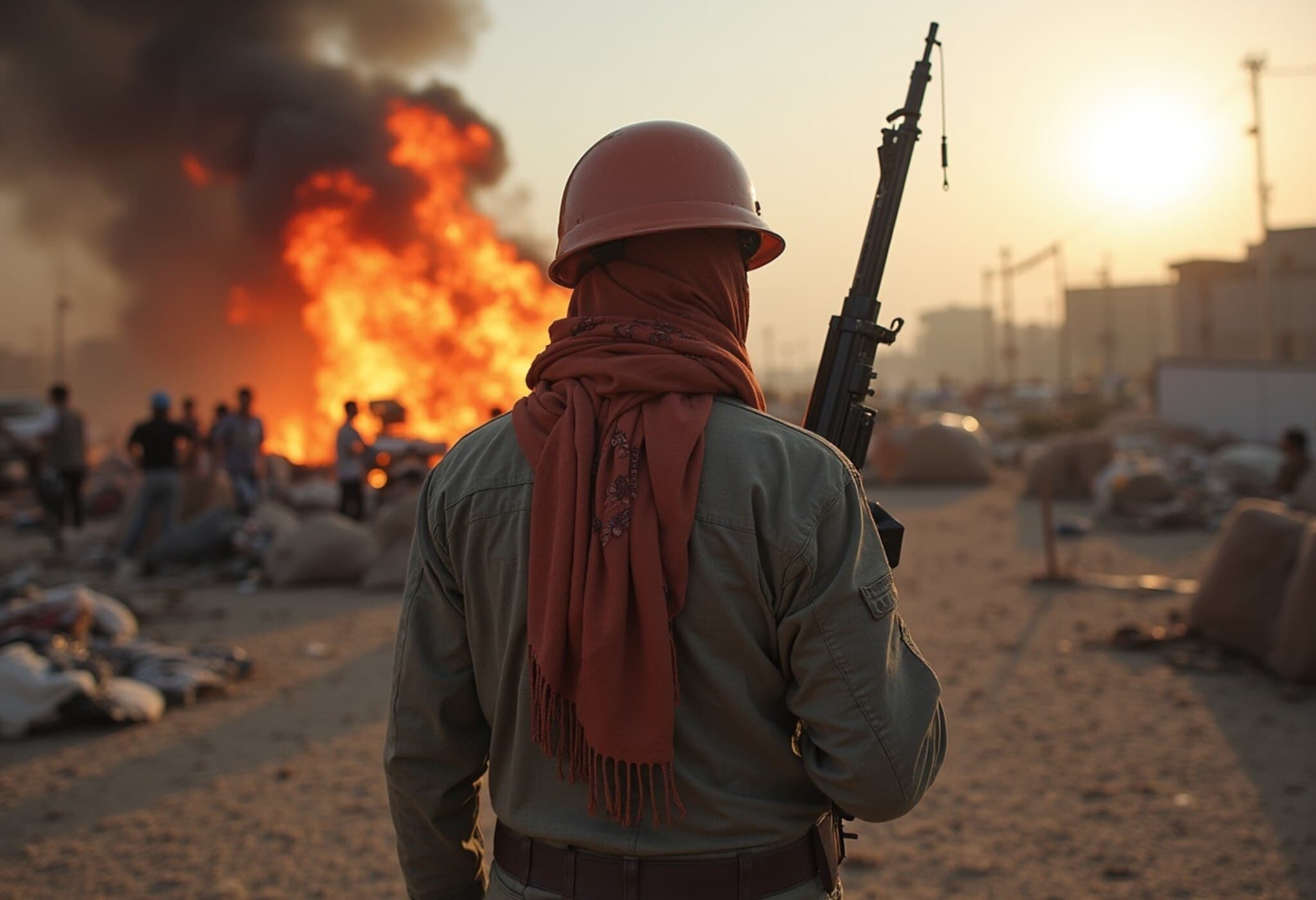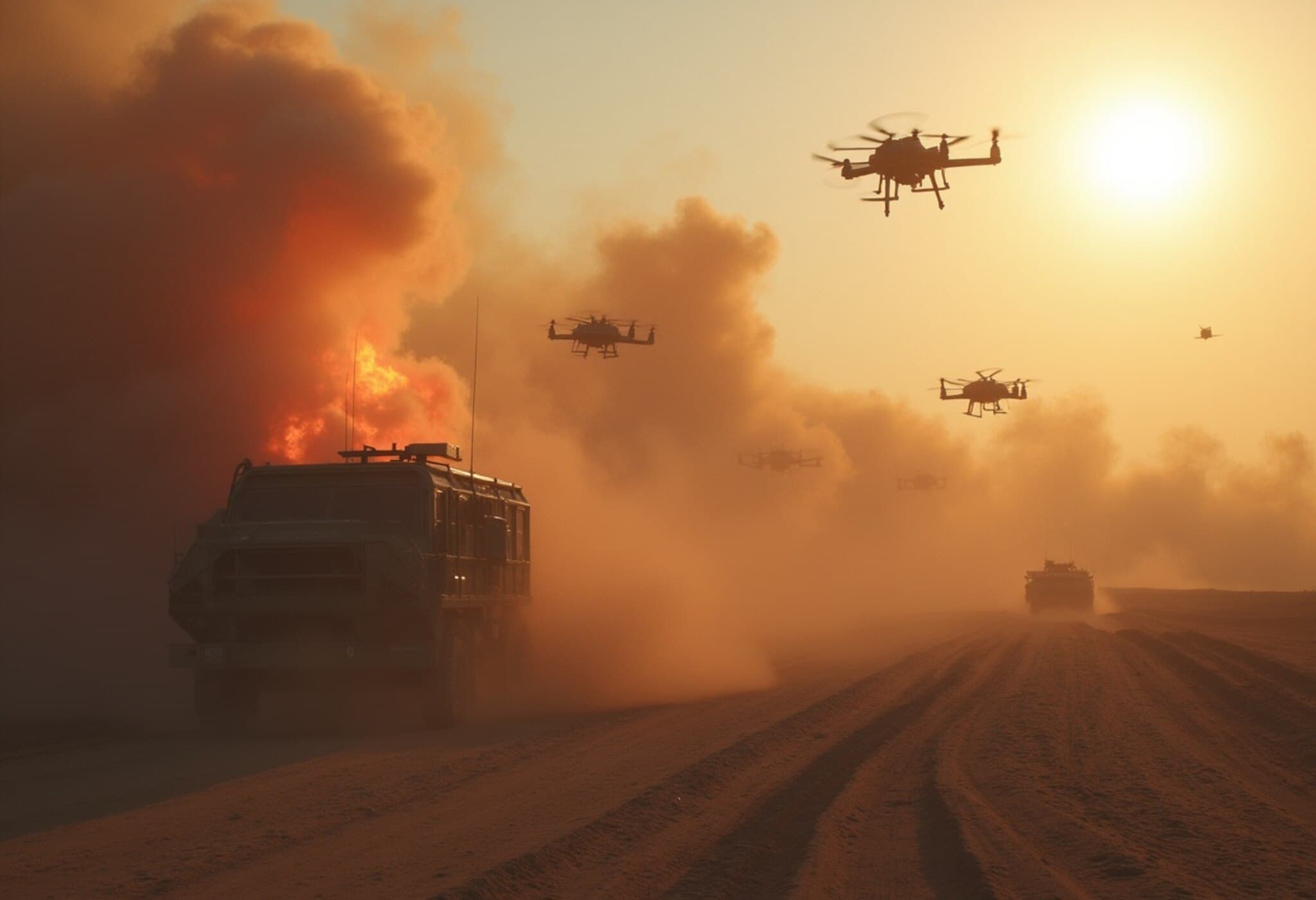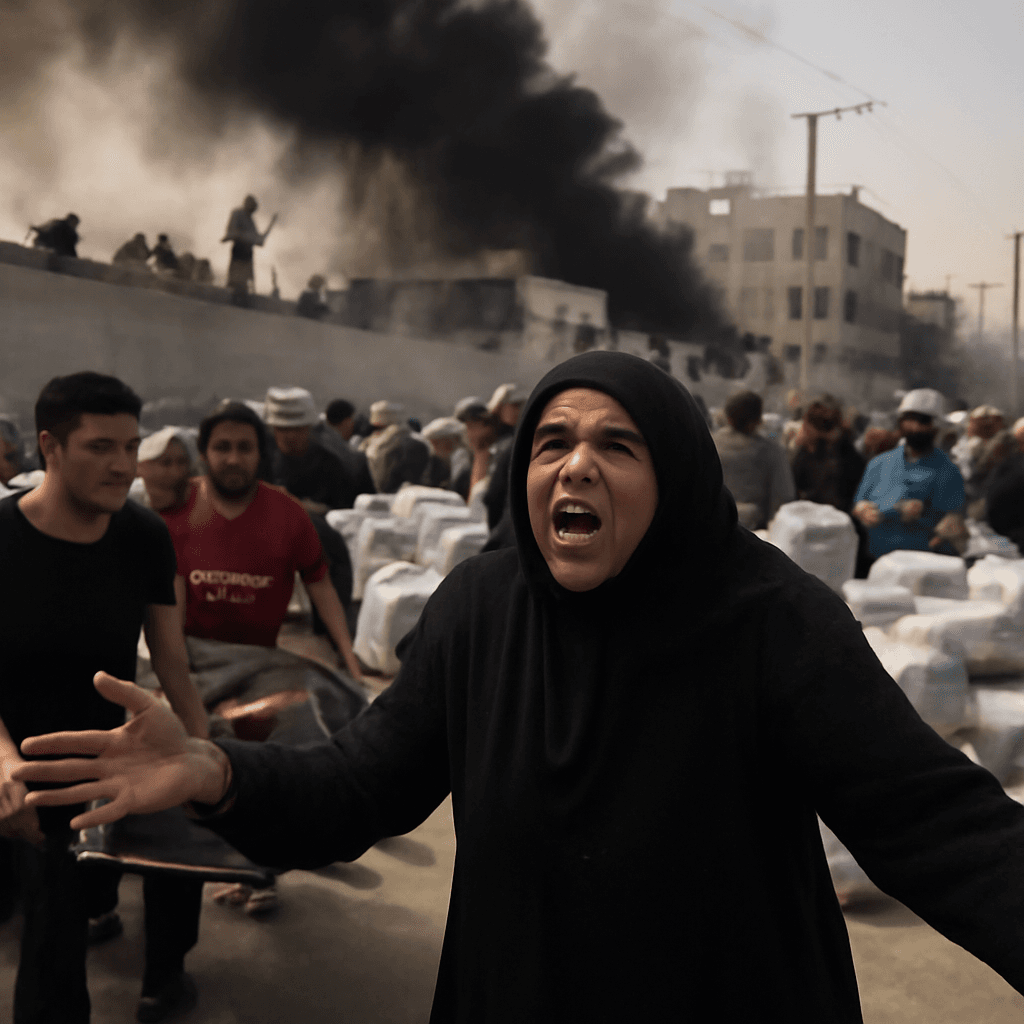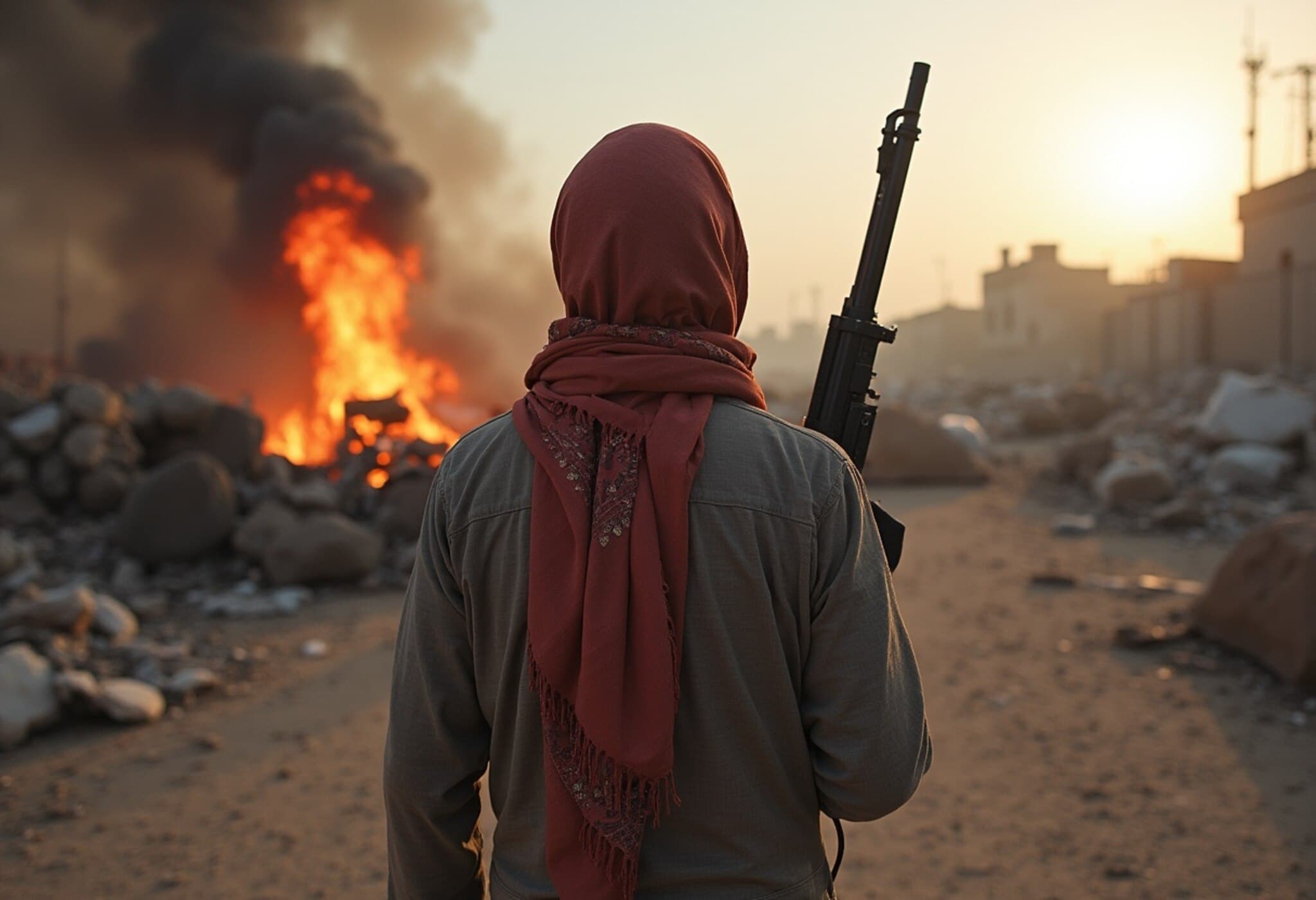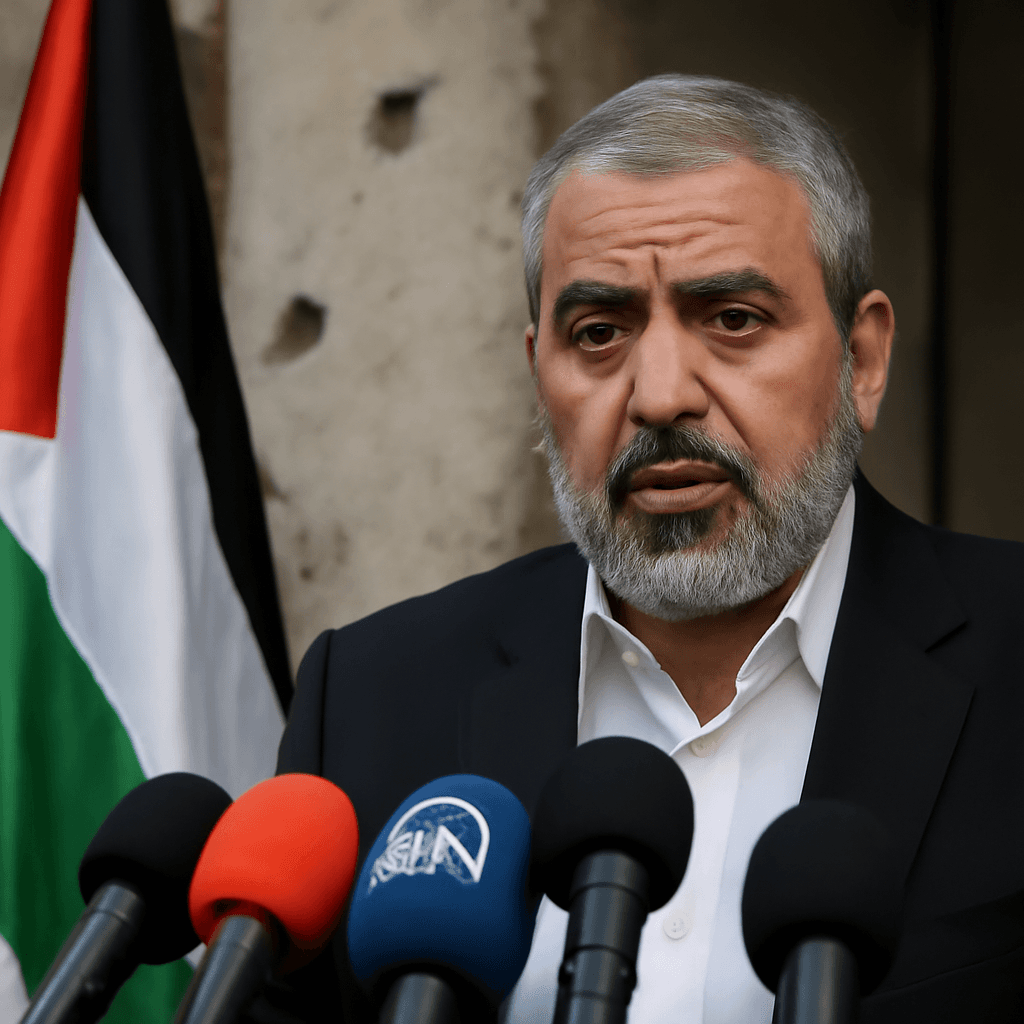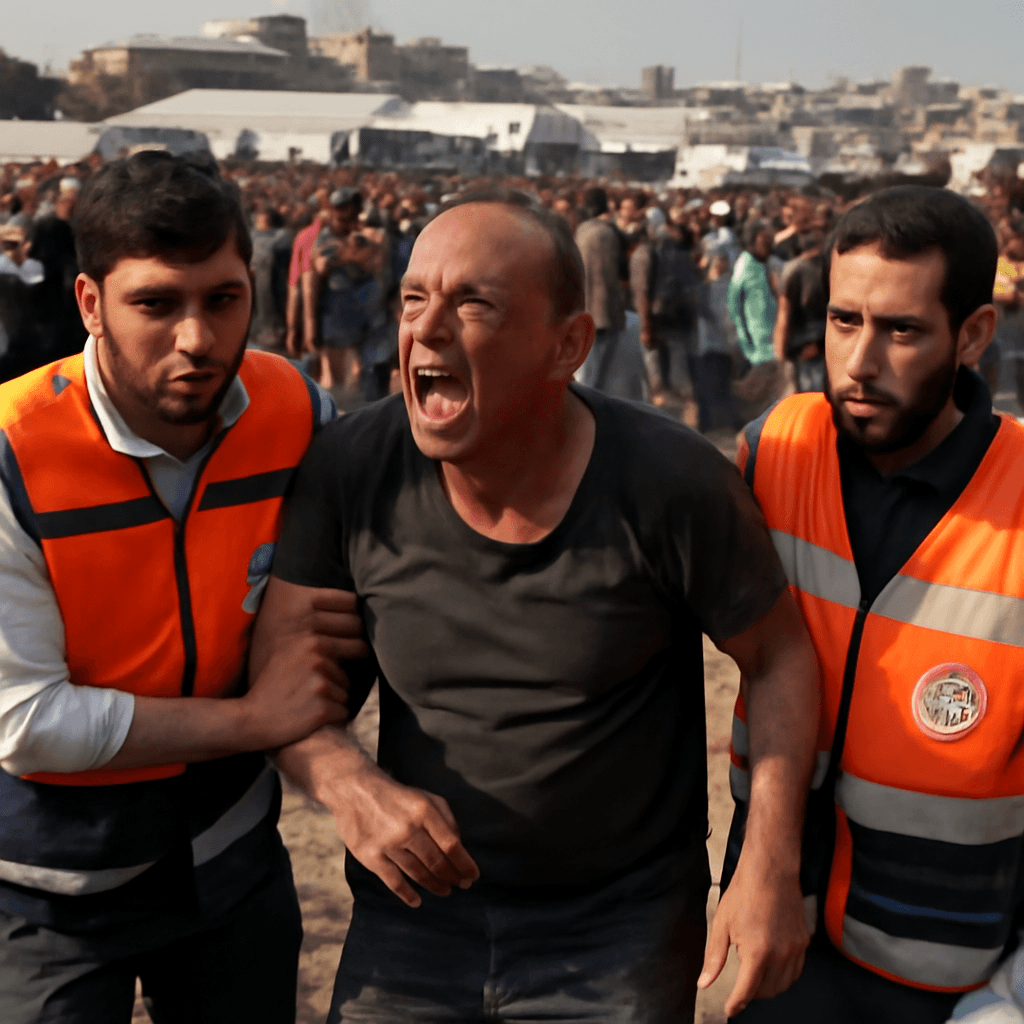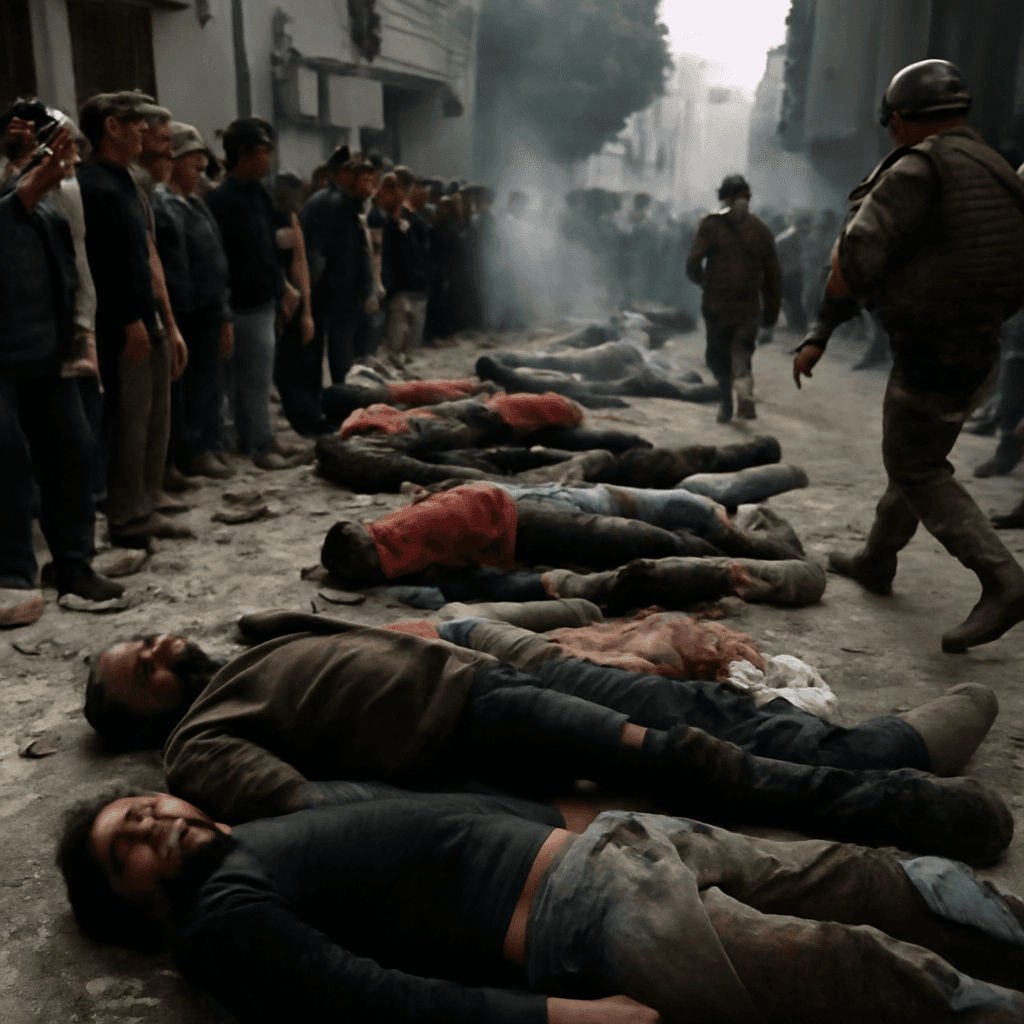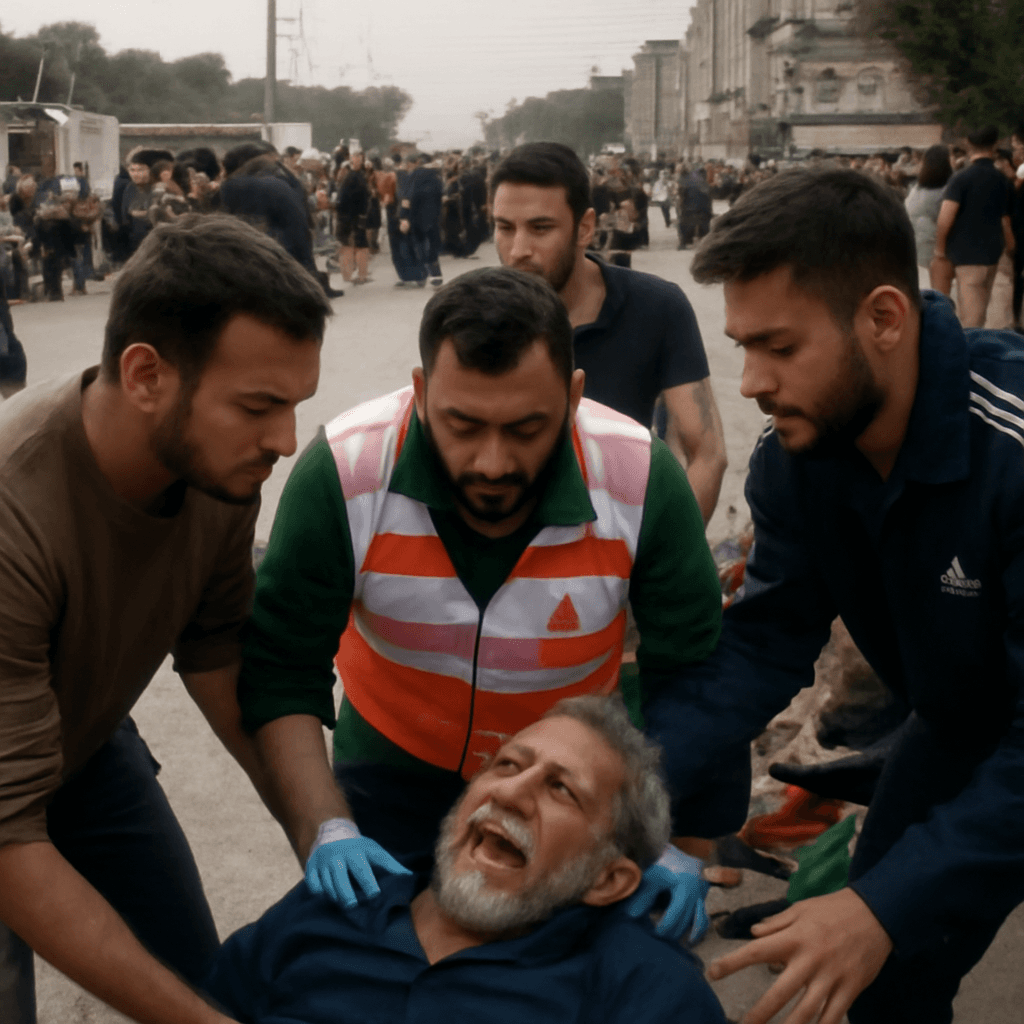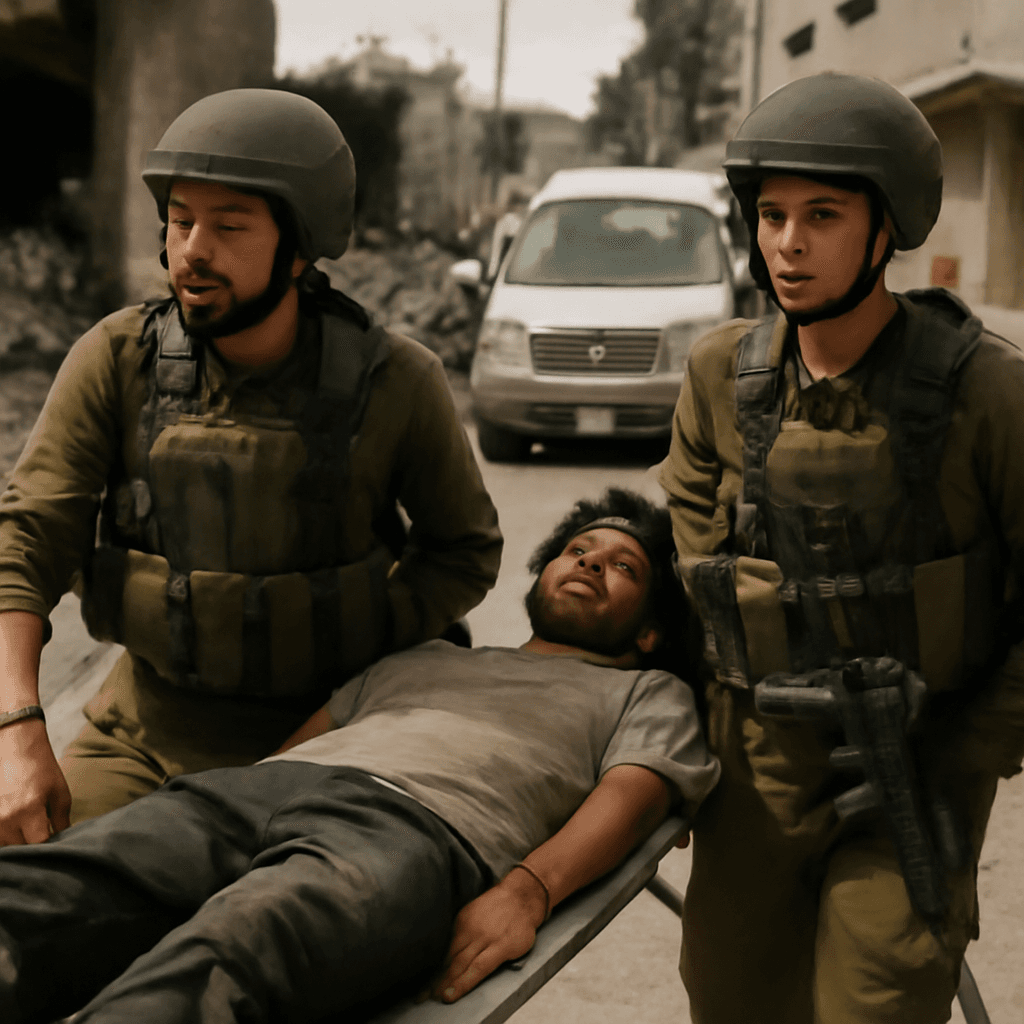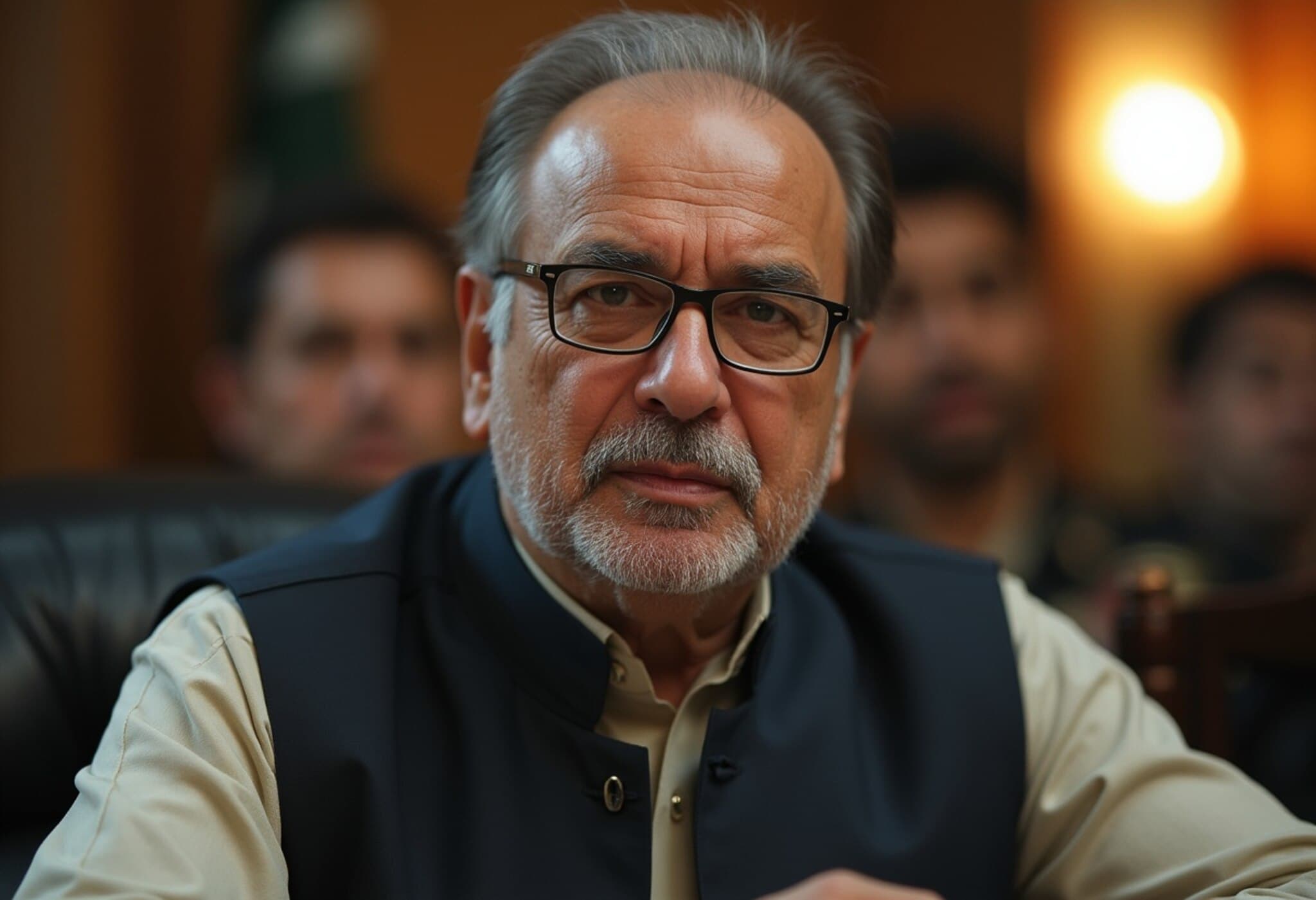A Deadly Quest for Food: The Human Toll in Gaza
In the beleaguered Gaza Strip, a heartbreaking scene unfolded on a recent Saturday, when at least 31 Palestinians were fatally shot while trying to reach an aid distribution center near Rafah. The deadly incident occurred on the backdrop of relentless Israeli airstrikes that claimed the lives of at least 28 more Palestinians, including four children, according to hospital officials and firsthand witnesses.
The Personal Story Behind the Statistics
Among the victims was Nasir, a 17-year-old boy whose simple mission was to fetch flour for his mother. His mother recounted his determination with a piercing quote, “Mum, you don’t have flour and today I’ll go and bring you flour, even if I die, I’ll go and get it.” Tragically, Nasir never returned home. His story embodies the desperation faced daily by Gaza’s civilians amidst blockade and war.
What Led to the Shooting?
The victims were heading to a distribution point operated by the Gaza Humanitarian Foundation (GHF), an Israeli-backed American organization, located near Rafah in southern Gaza. Witness accounts reveal that Israeli military forces fired at the crowd, with some survivors describing sudden tank fire that wounded many, including Abdullah al-Haddad, who was shot while only 200 meters from the site.
The International Committee of the Red Cross field hospital experienced its highest influx of casualties in over a year, treating over 100 people with predominantly gunshot wounds. Palestinian health facilities across the region reported intense airstrikes compounding the humanitarian crisis.
Conflicting Narratives and International Concerns
- Israeli Military Position: The Israeli Defense Forces claimed they fired warning shots at individuals behaving suspiciously and denied knowledge of any casualties in the incident.
- Gaza Humanitarian Foundation's Statement: The GHF denied any violence occurring near their distribution sites.
- Contradictory Reports: Former GHF contractors later alleged live ammunition and stun grenades were used during a scramble for food—though the foundation rejected these claims.
This clash of narratives highlights the fog of war and the dire need for transparent, independent investigations.
Ceasefire Talks Stall Amid Rising Casualties and Escalating Hostilities
Despite two days of high-profile meetings between U.S. President Donald Trump and Israeli Prime Minister Benjamin Netanyahu aiming to negotiate a ceasefire with Hamas, no breakthrough has been achieved. The ongoing violence underscores the complexity and entrenched nature of the conflict.
The long-standing blockade and recent restrictions by Israel on humanitarian aid transports have left Gaza’s population of over 2 million teetering on the edge of famine. The first delivery of 150,000 liters of fuel after 130 days was recently allowed into Gaza—a minimal amount considering hospitals, water systems, and transportation are critically dependent on fuel.
Wider Context: The Toll of Years and the Price of Hostilities
The current conflict traces back to the Hamas-led attack on Israel on October 7, 2023, which resulted in approximately 1,200 Israeli deaths and 251 abductions. In retaliation, Israeli military operations have led to more than 57,800 Palestinian deaths, with women and children making up over half of the casualties, according to Gaza’s Health Ministry. While the ministry’s data is often scrutinized due to Hamas governance, it remains one of the most cited sources internationally.
Violence Beyond Gaza: The West Bank Tragedy
Compounding the tragedy, in the Israeli-occupied West Bank, Palestinian-American visitor Seifeddin Musalat and his friend Mohammed al-Shalabi were reportedly killed by Israeli settlers. Musalat, born in Florida, was assaulted on his family’s lands, with emergency responders initially blocked from accessing him. This incident has drawn calls for a U.S. State Department investigation into settler violence, which has surged alongside increased military actions and Palestinian attacks.
Critical Reflections: The Humanitarian Abyss and Political Deadlock
This series of events reveals the grim reality faced daily by civilians in one of the world’s most protracted conflicts. Aid, a lifeline for many, becomes a dangerous endeavor. The underreported use of military zones restricting humanitarian access and the entangled allegations of violence around aid distribution sites signal a broader crisis of vulnerability and accountability.
As international actors convene behind closed doors, the stories of people like Nasir and thousands more remind us that negotiations and strategies must prioritize the human dimension beyond political gains.
Editor’s Note
Amid escalating violence and stalled diplomacy, the Gaza crisis calls for urgent international attention beyond rhetoric. The staggering loss of civilian lives in desperate attempts to secure basic necessities highlights a dire failure in protecting vulnerable populations in conflict zones. As aid organizations navigate a complicated web of restrictions and security threats, comprehensive investigations into incidents around humanitarian efforts and settler violence are imperative. This report urges policymakers, advocates, and readers to consider the unseen human stories and demand accountability that transcends political divides.

